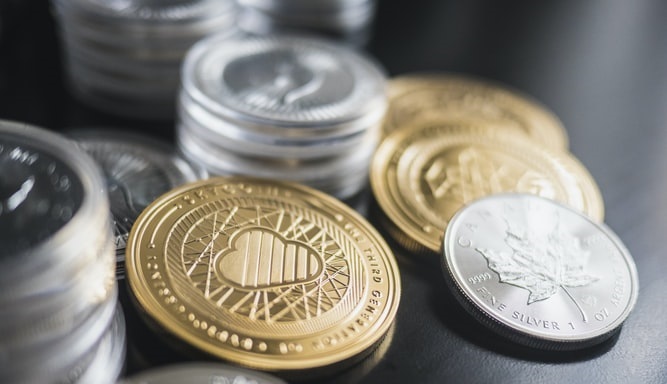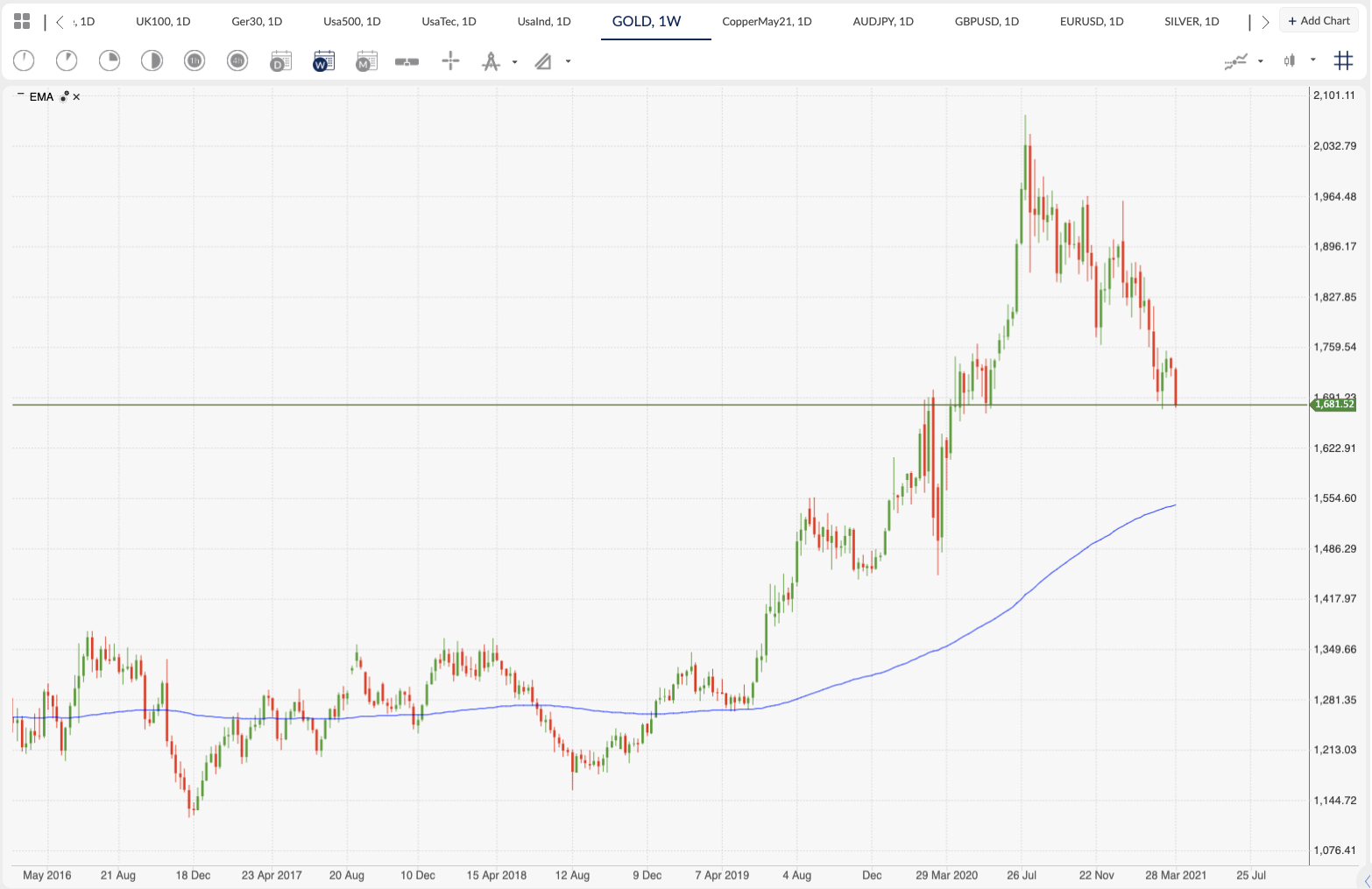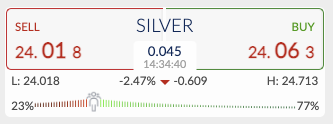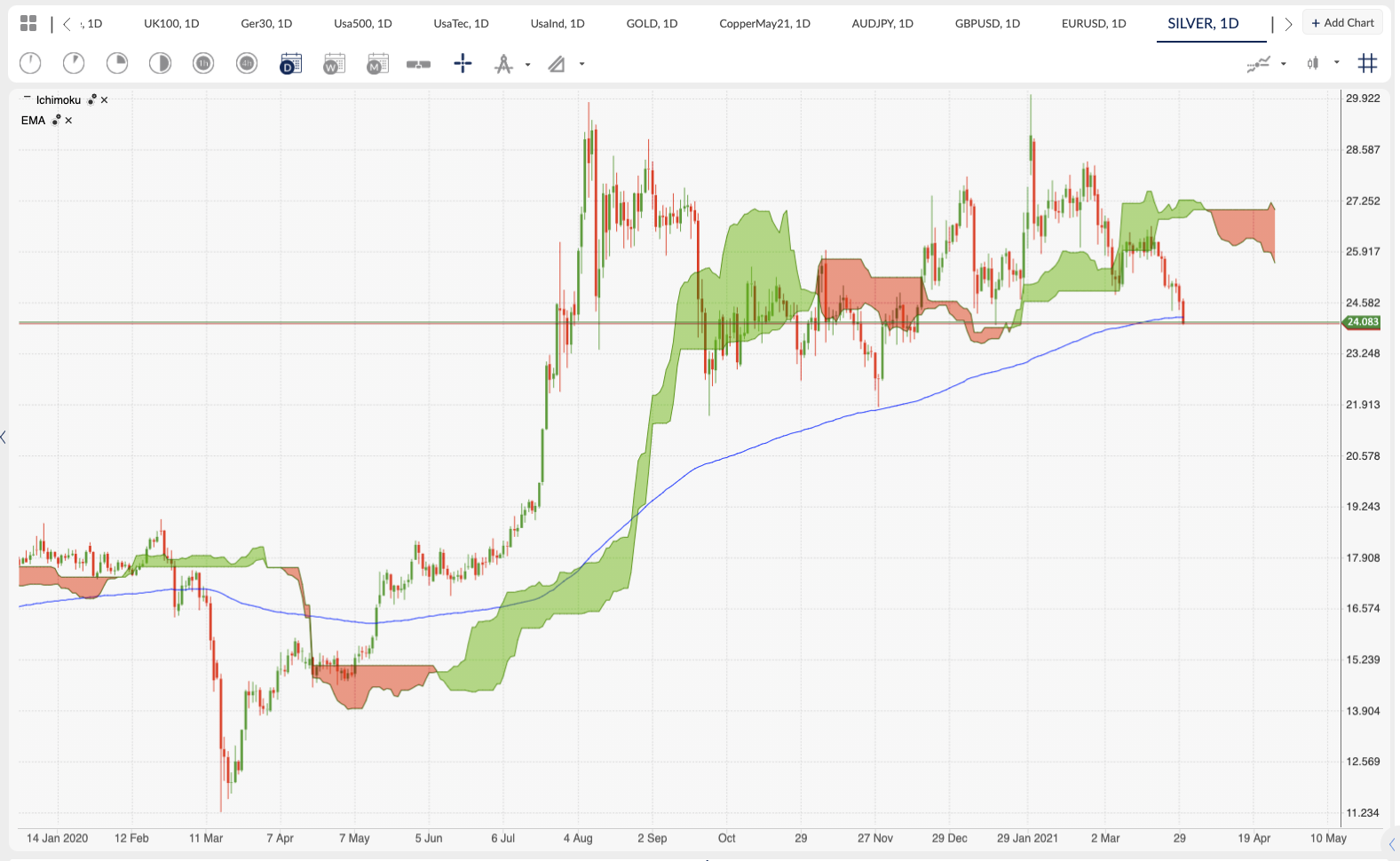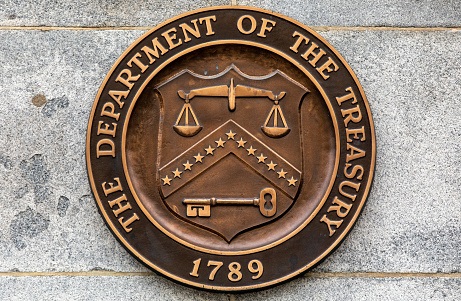Commodity prices have soared with the markets showing all industrial materials rising.
Since the April 2020 lows, the commodities have risen faster than any time in the last 30 years as economies restart and new initiatives lead to new technologies.
With the talk of the global reflation trade, copper and iron ore have led the way in higher prices, and with oil and energy appreciating in price, fuel inflation has pushed up prices for everything, especially in the cost of food production.
Supply chain shocks like the recent Suez Canal blockage by a large container ship adds to general supply chain disruptions, delays, costs, and do nothing to help the fragility of the markets. The good news is that the 2 largest economies are going to do their bit to get fiscal spending into the real economy and to put a level of support in that should really get things moving in the coming years.
US President Biden this week will deliver his plans for approximately $3trn of infrastructure spending, which the commodity space will welcome having so far been relying on China. The Chinese economy was the first out of the covid-19 shutdown and they stimulated their economy with money and a ramp-up in infrastructure spending. As their factories opened the bottlenecks were supply constraints in copper and iron ore, which gave them the impetus to start buying up everything and hoarding just in case the supply chains broke down once again. Before the coronavirus China had actually been attempting to shift away from manufacturing and moving to a more consumer-based society, so we should assume the infrastructure demand baton will be passed to the USA for them to keep the commodity supercycle going.
The world literally stood still for a few weeks and had a chance to ponder what could be done better in the future, to give the next generations a better planet to live on. Central Banks, Governments, and institutions like the World Economic Forum with business leaders that include Bill Gates, are not just calling, but pretty much demanding that the world pivots towards a Green Deal. Net zero-emissions is the goal, so whether you are drilling for oil, building solar panels, or mining Zinc, you need to start doing it in a more ecologically friendly way with a much-reduced carbon footprint.
Within the push towards the Green Deal, the precious metals are in increasing demand due to their conductivity and the Green Deals’ reliance on more efficient electronics. Gold in particular is trading relatively high even though it had been in quite a sustained correction this year to date. This is in part due to the monetary policies that were used to curtail the market liquidity crunch that brought on the correction back in 2020
Gold initially climbed by 25% in 2020 and was able to reach its highs in August 2020 of $2,072 an ounce. The rally in gold has mainly halted due to the rise in the US benchmark yields, which have signalled that the speculators are expecting higher inflationary pressures to come as more money chases fewer goods. US bond yields are negative in real terms, nominal yields have risen, and real rates are less negative than a few months ago. However, so far, the inflation data has not shown that inflationary pressures are here yet, apart from the rise in fuel costs. When inflation truly arrives, gold could break higher.
The supply and demand for silver during 2020 was quite balanced, however, silver was all over the media for a while in 2021 as social media pushed traders towards an online forum that had planned to initiate a short squeeze. This became blatantly too difficult for the Reddit traders to do and the media hype quickly dissipated. However, more people are now more interested in precious metals and prices are largely supported by underlying demand.
Supply/Demand
See real-time quotes provided by our partner.
It makes sense that there would be less demand for the precious metals that are usually placed in the jewellery portion of the usage pie chart. When the world is told to stay at home, there is an element of uncertainty that goes with that and speculative buying of expensive jewellery goes down the priority list. There is also the problem of being unemployed, if you have no income, you just cannot afford to buy any new jewellery. So physical demand from those consumers has dropped and the hope with the vaccination rollout would be that people start earning money again, have less to worry about, and then start consuming which would include the purchasing of jewellery. The World Gold Council in its 4Q Demand Trends showed 4Q gold jewellery demand fell -13% y-o-y to 515.9t, pushing full-year demand to 1,411.6t, a drop of -34% vs 2019.
However, if you go onto the internet and try and buy some silver, there is an obvious lack of supply of retail-sized amounts of silver coin and bars with elevated premiums to pay. Showing that retail demand literally stripped all the inventory, and the supply has not had a chance to get back the retail product quick enough to meet the demand pressures.
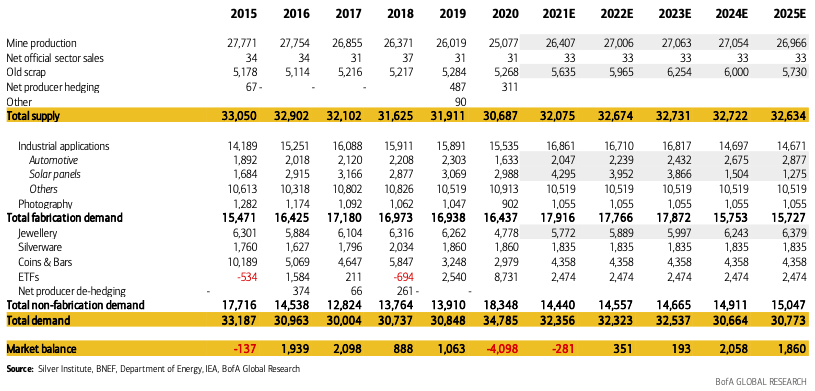

A particular drag on the demand side is that Silver is found in both combustion engine cars as well as electronic vehicles but more so in the EV, (due to the fact that with added electronics and battery cells comes the demand for better conductive materials of which Silver is one). The pandemic had the effect of reducing the need for travel, so it makes sense that a lack of car purchases and therefore a lack of silver demand could have been a drag on the silver prices and this phenomenon is going to get ever more amplified as more and more of us switch to the electrification of our vehicles. It has a major part to play in the renewable energy space as well as the Electronic Vehicle sector and all of these uses will be increasing as we are pushed towards the goal of net-zero emissions.
In the USA, green technologies in the ascendency are nuclear, solar, and wind energy, and with President Biden in charge, he will want to deliver on his campaign promises. His goals map out to 2035 in which he plans to make the power sector zero-carbon. If this is the base case for increased demand, the price of precious metals and especially silver should be steadily rising over the course of the next 4 years, due to the lack of supply.
In 2015 total supply of Silver was around 10% greater than in 2020 and the analyst’s projections out to 2025 do not see supply reaching the levels of 2015 by quite a margin.
The ActivTrader sentiment indicator shows that retail traders are still keen to purchase silver with the ratio 77% bullish. Having been exposed to the silver trading shenanigans and learned more about the major players, (and the problem with the paper silver market versus the physical silver market) it would be prudent to invest in the physical whenever possible and to be aware that if you are speculating with CFD’s then you are venturing into a market that can be pushed around quite easily.
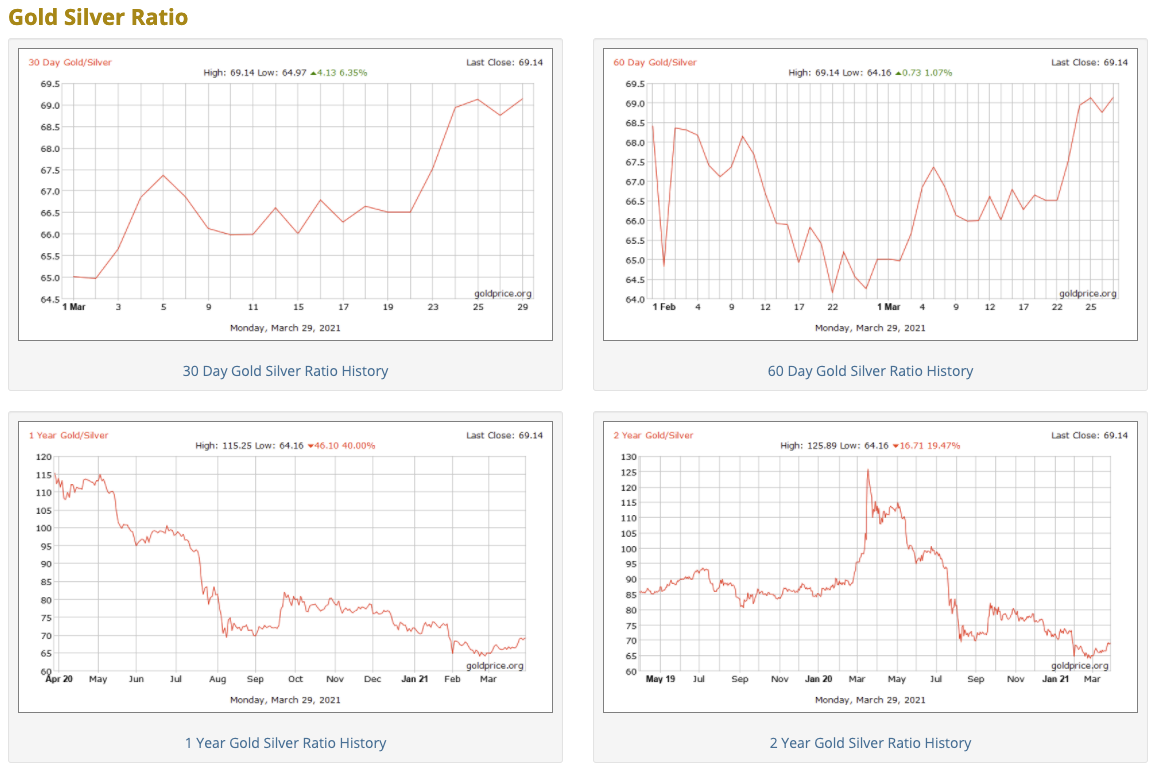

One way to purchase physical silver is to pay the premium and wait for the delivery of relatively small amounts of silver and start your own stack. The next way you may want to consider getting involved with physical is through an ETF like the Sprott Physical Silver Trust. They do not accept anything other than real physical silver and will not accept delivery receipts or warrants. So you can be assured that the ETF is fully invested in the physical side of things. The ticker of the Sprott Physical Silver Trust is PSLV and its main rival is the SLV which is run by iShares Silver Trust. Both of these ETFs had significant inflows from March 2020 and have so far been able to outperform Gold and Gold Miners in 2021 as the Gold/Silver ratio starts to lift off its recent lows of 65 signalling Silver is coming down in price rather than Gold rising.
See real-time quotes provided by our partner.
Silver is at an interesting inflection point. We know that as the economy picks up there will be an increase in demand, from industrial usage through to the jewellery and because of the Green Deal. The daily chart shows that we have traded through the Ichimoku cloud, so the market structure is more above us than below which will create a ceiling and silver is currently trading at its 200 daily exponential moving average. This will be the first day it has visited the 200 ema since May 2020 so a significant test of dynamic support and possibly a trigger for some investors to look to buy more.
